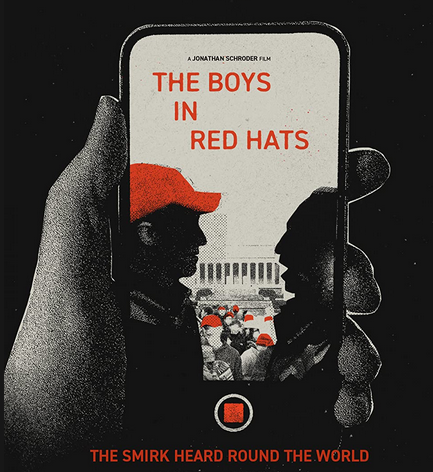Editing A Personal Documentary
Editing a personal documentary requires some distance from one’s subject—i.e. one’s self. That’s especially true if, like director Jonathan Schroder, you’ve experienced a dramatic transformation.
In Episode 3 of The Art of Documentary Storytelling, hear how my staff editor and I gave this director fresh perspective on his own journey, encouraging radical transparency.
“Few directors would expose themselves to this degree, and Schroder deserves kudos for his openness on this journey of self-discovery,” said a critic on Roger Ebert.com about The Boys In Red Hats.
Infusing the film with candor wasn’t easy.
For example, we weighed the consequences of the director’s plan to show up unannounced at the door of a Native American activist, who so far had avoided an interview.
It was a dicey directing decision. Would Schroder be accused of staging an unfair ambush in order to create a dramatic film climax?
I didn’t want to shut down the director’s courage by invoking cancel culture–the fear that if he said or did something deemed politically incorrect–he’d be demonized.
Find out what happened in Episode 3, while learning how to:
- Write Narration for a Personal Documentary
- Design an Efficient Post-Production Workflow
- Add Protagonist’s Statements of Desire and Transformation
- Make a “Talking Heads” Doc More Visual
On a personal note, creating each episode of The Art of Documentary Storytelling takes a lot of time and care. So I rejoiced when the director called me a few months ago to say he’d listened to the podcast, and it had moved him to tears. Thank you, Jonathan!
